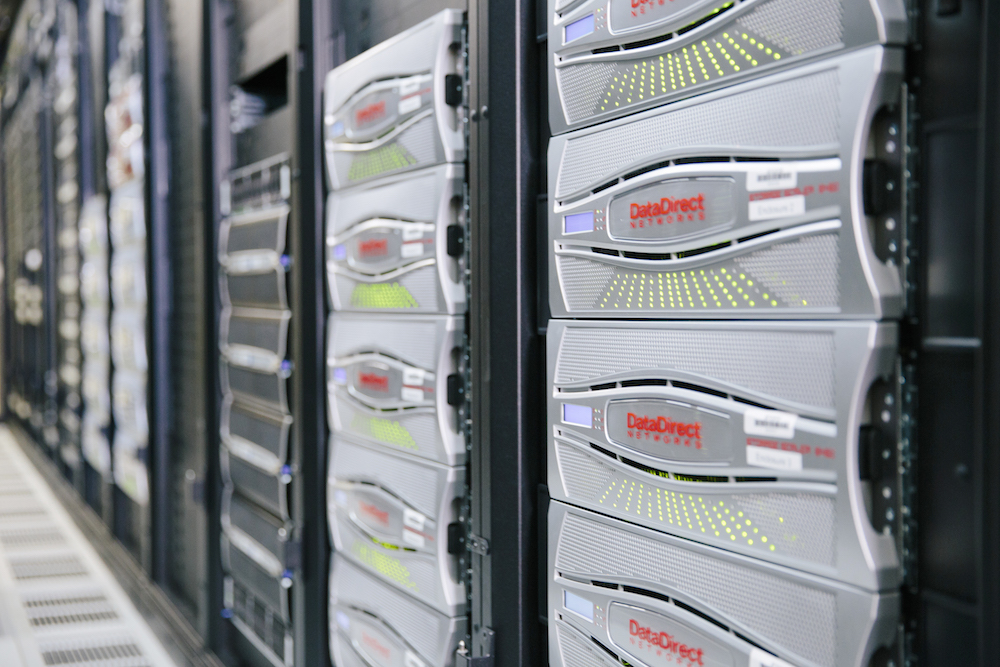
University of Queensland high-throughput computer Awoonga has been decommissioned after reaching its end of life and to make way for newer technology.
Awoonga, as well as high-performance computers FlashLite and Tinaroo, have served UQ for almost seven years and will all be progressively removed this year.
Awoonga was decommissioned last month, FlashLite will be shut down by the end of June, and Tinaroo later this year.
The three computers will be replaced by an advanced new supercomputer estimated to become operational in July this year.
Wiener, UQ’s four-year-old imaging and machine learning optimised, GPU-enhanced supercomputer, will continue to operate.
RCC will release more information about UQ’s new supercomputer next month.
RCC Chief Technology Officer Jake Carroll said Awoonga had served the local research community very well over its lifetime.
“It was a simple system that provided a dependable compute service that filled in many gaps, whereas FlashLite or Tinaroo were more specialised or niche in their use cases,” Jake said.
“Awoonga users will feel a familiar sense of simplicity and ease of use with UQ’s next supercomputer.”
User access to Awoonga ended on Monday, 21 March. RCC advised users of the HPC to apply for accounts on Tinaroo or FlashLite, depending on their workloads.
As Tinaroo and FlashLite have the same software as Awoonga, and a similar setup, moving workloads between these systems should have been relatively straightforward for most users.
Tinaroo is suited to workloads with smaller memory requests, less than 120 GB per node, while FlashLite is suited to workloads with larger memory requests, greater than 120 GB per node.
Access to the current UQ-only system, Tinaroo, has been changed to accept users outside UQ where appropriate.
The current restrictions for FlashLite will also be loosened to enable access for more users.
Users should keep in mind that FlashLite is a small cluster with many less cores than Tinaroo, and will be decommissioned by the end of June, as soon as user workloads have been ported to the new supercomputer.
If you have any questions or concerns regarding the decommissioning of Awoonga, please contact the RCC Support Desk: rcc-support@uq.edu.au.



